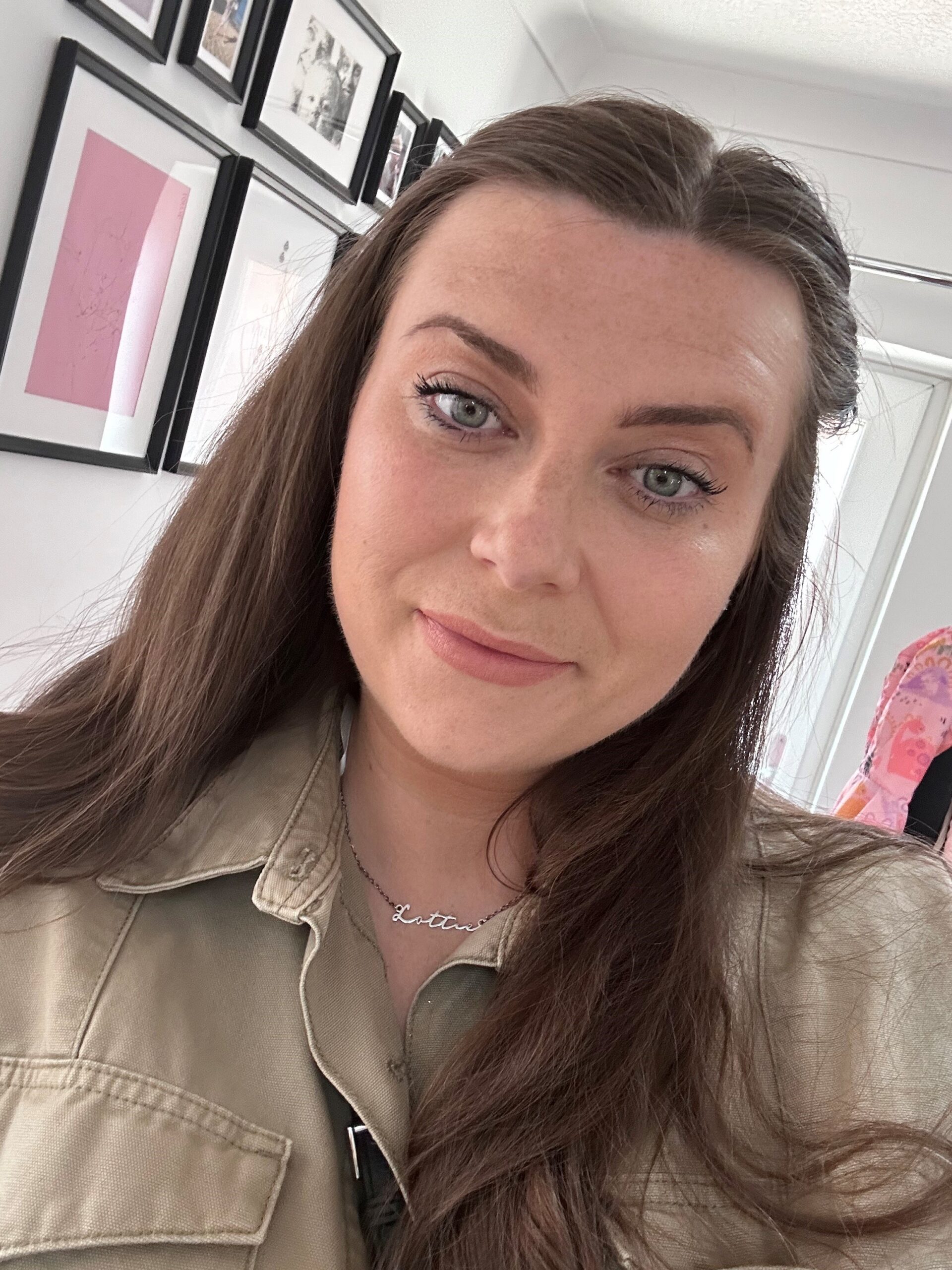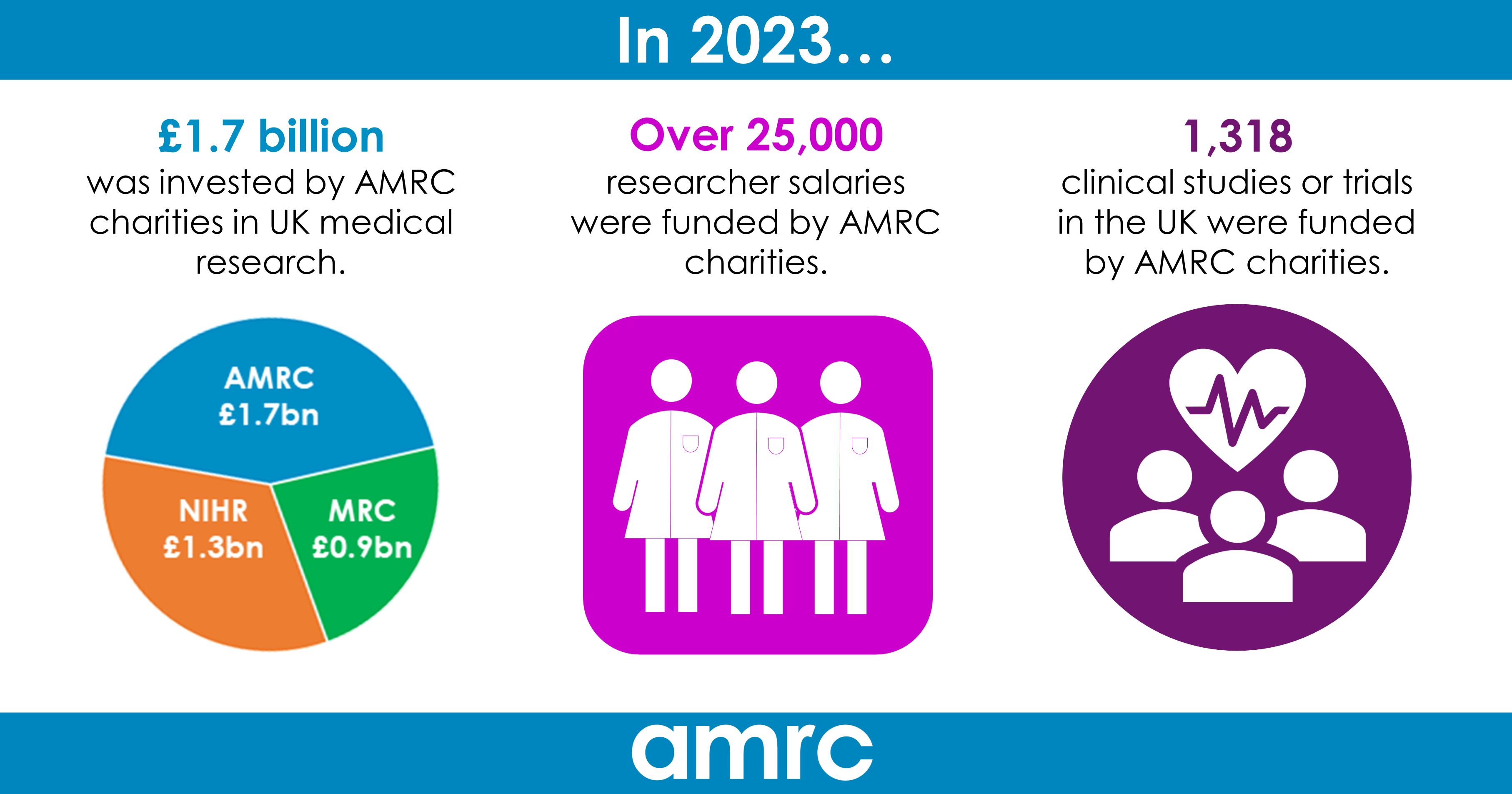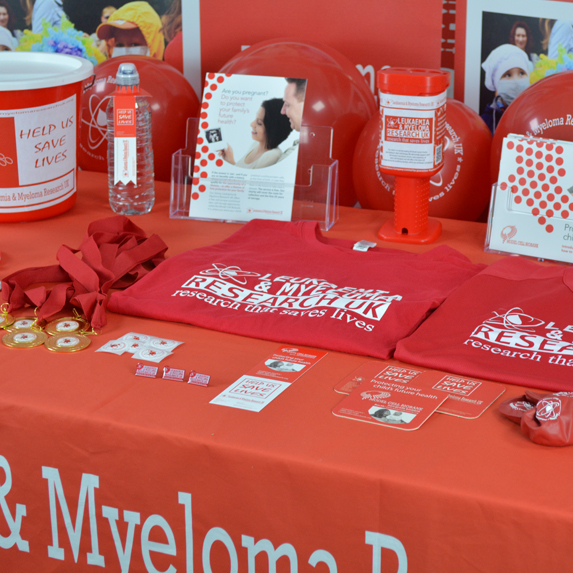The last place you would think to look for a life-saving treatment for cancer would be the trash. But each year it’s estimated that 90% to 95% of umbilical cord blood ends up in the garbage.
Doctors told Chris that, to beat cancer, he needed a bone marrow transplant. So they went to the registry, looking for a match.
“It hadn’t even come to my mind that one, I wouldn’t even find a match because there is tens of millions of people in the registry and in the world. I only had one person who was a match for me and it was an obscure registry in Eastern Europe. And once they finally contacted that person, they said no.”
Chris’ hail Mary was a clinical trial at Seattle Cancer Care Alliance using umbilical cord blood to treat cancer. Chris wasn’t just a good candidate — it was his only option.
“Cord blood was it, capital IT.”
Dr. Filippo Milano is Chris’ doctor. “The first word I told him is I don’t know how much you know about cord blood, I don’t know how much you’ve been told by others. But you’re going to have a good shot here.”
Milano and his colleagues at Seattle Cancer Care Alliance are working to expand umbilical cord blood stem cells, by using multiple units.
“I’ve heard of people banking their cord blood for their kids, but that’s usually stem cell regeneration stuff.”
In Chris’ case, the cord blood used came from anonymous donors. It’s a process that happens at the hospital when a baby is born; parents can choose to donate their baby’s cord blood.
But in many cases, parents don’t know to ask, and many hospitals aren’t equipped to take the donations. For that reason, 90 to 95 percent of cord blood ends up in the trash.
“It’s medical waste; they’re there, it can be used.” Chris wants other to know that cord blood can save lives.
To read the full article and watch the interview with Chris click here.







